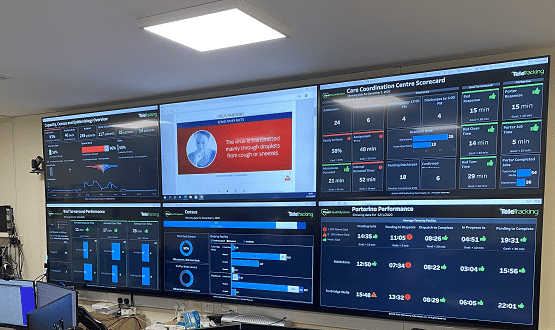TeleTracking joins Digital Healthcare Council to boost patient tracking
- 3 November 2021

The Digital Healthcare Council and patient flow technology TeleTracking have joined forces in a bid to improve operational capacity in the NHS.
The Digital Healthcare Council represents a number of digital health innovators and was set up to bring together industry leaders to provide valuable insights into the complex infrastructure of the NHS and it’s IT.
Through joining the council TeleTracking hopes to help deliver a “digitally-led, patient-centric NHS”.
Neil Griffiths, managing director of TeleTracking UK and Europe, said: “We are delighted to be part of such a crucial industry body.
“The Digital Healthcare Council and its members are integral to the success of our future healthcare system; working to address problems by providing solutions that ultimately deliver to the vision of a digitally-led, patient-centric NHS that benefits patients, the public and the economy.
“Collectively, the work we put in now will pave the way for the future while safeguarding us against future pandemics.”
The Digital Healthcare Council aims to provide collective knowledge of digital services to transform patient care, free up clinical time and make the most of clinical expertise.
It also aims to save the NHS money through working with stakeholders and the government on the benefits of digitally led healthcare.
Graham Kendall, director of the Digital Healthcare Council, added: “Each and every one of our members brings a specialism and invaluable insight of our healthcare system to the mix.
“However, it’s not just about understanding, it’s about challenging processes and system and overcoming organisational blocks to bring about physical change and improvement.
“What TeleTracking brings us is its understanding of ‘lost bed time’ within a trust and how this lost time can be converted into time back to care for more patients. With hospital waiting lists rising to 5.7m people, there is a critical need for visibility into a hospital’s operations, including beds, resources, and staff.
“By measuring this as well as ED wait times, hospital executives can begin to get a clear picture of where real improvements can be made quickly and without the requirement of additional staff and beds.”





1 Comments
why is this story newsworthy? is this a paid-for post?
Comments are closed.